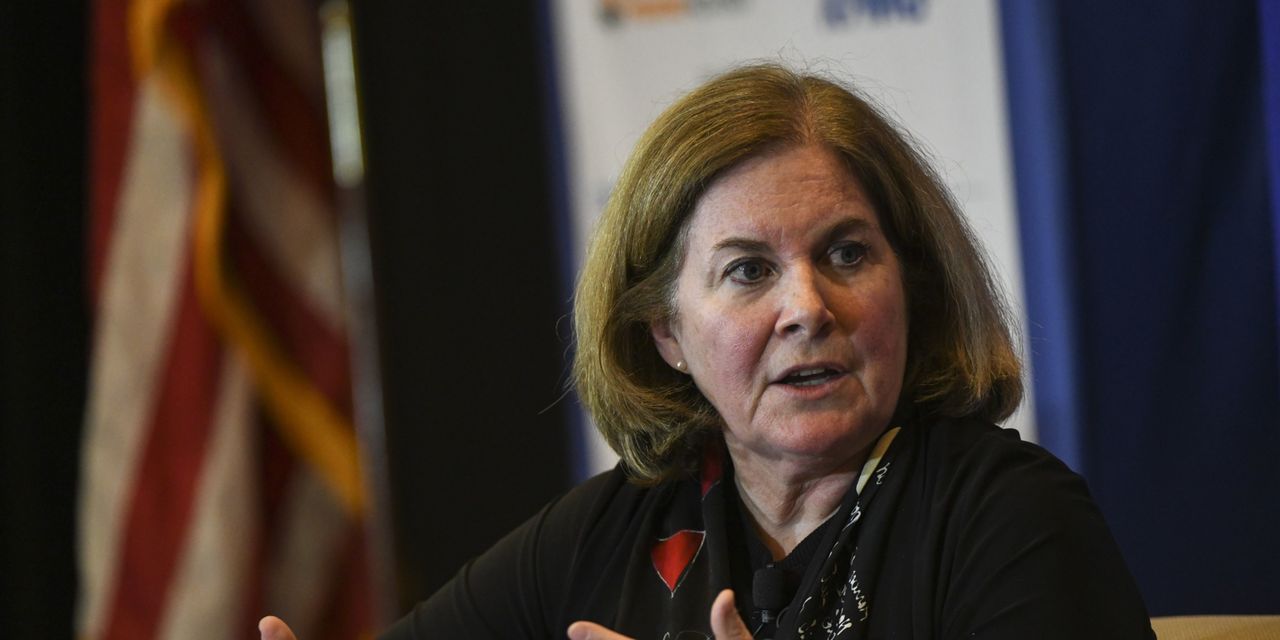
The chief of the Kansas City Federal Reserve on Monday said the U.S. central bank should raise interest rates soon and pursue a big reduction in its nearly $9 trillion stockpile of bonds.
Esther George said the economy is fundamentally sound and should expand at a healthy pace in 2022. In light of steady growth and soaring inflation, she said it’s time for the Fed to jettison easy-money policies adopted early in the pandemic.
“With inflation running at close to a 40-year high, considerable momentum in demand growth, and abundant signs and reports of labor market tightness, the current very accommodative stance of monetary policy is out of sync with the economic outlook,” George said in a speech to the Economic Club of Indiana.
George is a voting member this year of the Fed’s strategy-making panel known as the Federal Open Market Committee.
The Fed last week indicated it’s likely to raise its benchmark short-term interest rate in March barring any major new developments in the economy.
During the pandemic the central bank cut its benchmark short-term rate to near zero. It also bought trillions of dollars in Treasury bonds and mortgage-backed securities to drive down long-term rates to historic lows.
The balance sheet doubled to $8.7 trillion from $4.5 trillion at the start of the crisis in early 2020.
The bank last week issued guidelines for reducing its balance sheet, but it did not commit to a timetable. George did not specify a precise time line, either.
George said the Fed’s faces a “number of important and difficult decisions” in figuring out how to much to raise interest rates and to reduce its balance sheet.
George said a sizable reduction in the balance sheet would prevent short-term rates from exceeding long-term ones — what economists call an inverted yield curve. An inverted yield curve could distort investment decisions, she said, and ultimately harm the economy.
By sharply reducing the balance sheet, George also said it could allow the Fed to pursue a less aggressive strategy on short-term interest rates.
“What we do on the balance sheet will likely affect the path of policy rates and vice versa,” she said. “For example, more aggressive action on the balance sheet could allow for a shallower path for the policy rate.”
In the long run, she said, the Fed would be better off with a much smaller stockpile of assets.
A smaller balance sheet, for one thing, would allow the central more room to stimulate the economy “in the inevitable next downturn,” she said.
She also warned an excessively high balance sheet could been seen as a political strategy that undermines the Fed’s “independence and authority.”
The bank’s balance sheet totaled less than $1 trillion before the 2007-2009 Great Depression. The Fed began buying trillions in bonds in 2010 and has since maintained an unusually large balance sheet.
“While it might be tempting to err on the side of caution, the potential costs associated with an excessively large balance sheet should not be ignored,” she said.



